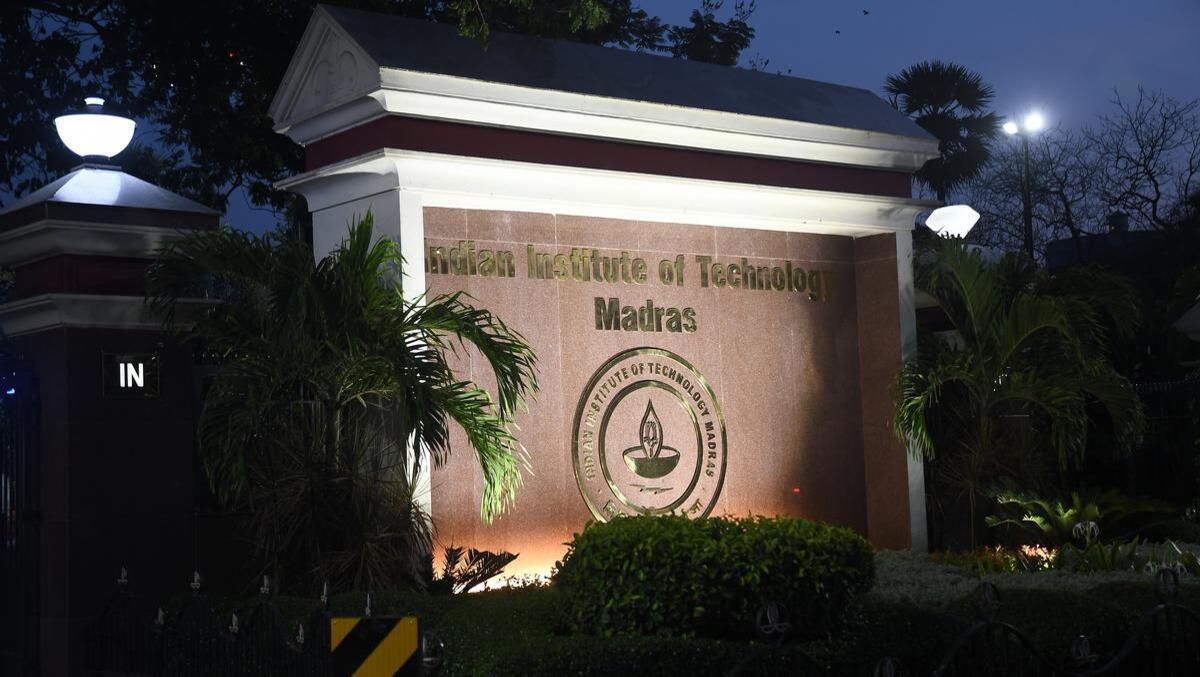Introduction:
The Indian Institutes of Technology (IIT) are globally recognised as the crown jewels in India’s higher education system. Indeed, they are often the only Indian higher education institutions known internationally at all. They have produced leaders in high tech and related fields in India and abroad. The IITs may be the most difficult higher education institutions to gain entry in the world. Yet, the IIT system is in serious trouble at the same time that some of them are building campuses abroad as part of India’s soft power efforts. It is worth taking a careful look at current realities to understand a looming crisis.
Foreign adventures:
- A branch campus of IIT-Madras has just opened in Zanzibar and IIT Delhi will be launching programmes from its Abu Dhabi campus in 2024.
- Some of the screening test centres offered to potential applicants were located not only in Tanzania but also in Ethiopia, Nigeria, Kenya, Uganda and the United Arab Emirates (which has a strong presence of the Indian diaspora).
- Initially the Zanzibar campus is offering only two programmes: a Bachelor’s Degree (BS) in Data Science and Artificial Intelligence and M. Tech in Data Science and Artificial Intelligence. They are open to students from across the globe.
Overexpansion at home:
- The first IIT was established in 1950 at Kharagpur in West Bengal, with four more following in a decade.
- Most of these partnered with top foreign technological universities in the United States, the Soviet Union, the United Kingdom and Germany to get started, and they quickly achieved both excellence and top reputations.
- They hired Indians trained at the best foreign universities who were eager to contribute to national development.
- After 2015, the government expanded the IIT system, adding seven institutions in the following decade, most located away from major metropolitan centres.
- These new IITs have struggled to meet the high standards of the traditional institutes.
Faculty challenges, future prospects:
- At the heart of any academic institution are the professors. Attracting the best and the brightest is increasingly difficult.
- Salaries are dramatically below international standards.
- Foreign trained Indians are generally reluctant to return to uncompetitive salaries, often inferior work environments, and more academic bureaucracy.
- Top Indian talent is increasingly attracted to the burgeoning IT sector, emerging biotech, and related fields — and not to academe — both within India and abroad.
- It would not be an exaggeration to say that the IITs are in crisis.
- Building quality in the new IITs is a significant challenge, and in the long run if this is not done, the prestige of the entire system will suffer.
- Maintaining faculty quality and attracting young professors committed to the IIT idea and to India’s development are both serious tasks.
Way forward:
Expanding the system domestically may not have been a wise idea — and building overseas branch campuses is highly problematical. One might question if overseas expansion is a good idea under any circumstances, but in the context of the domestic challenges facing the system, such expansion seems particularly ill-considered.



.jpg)
Comments (0)